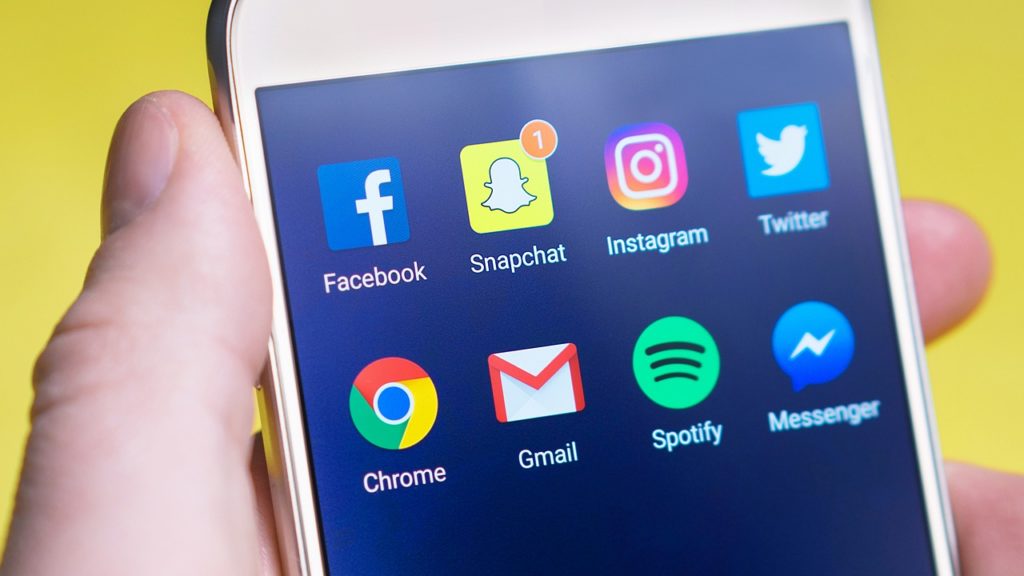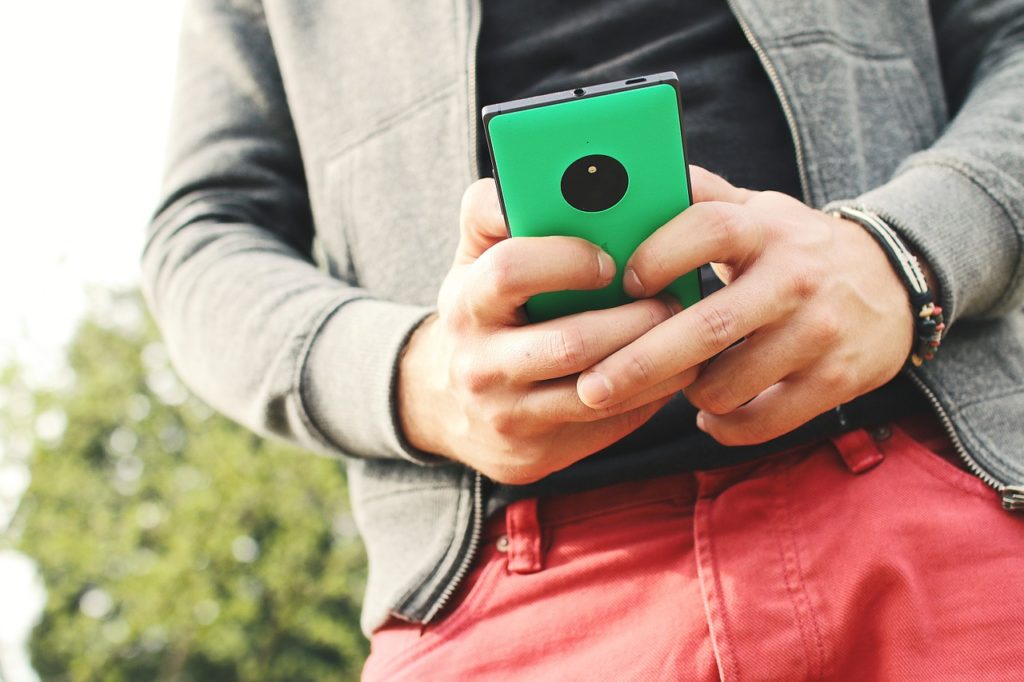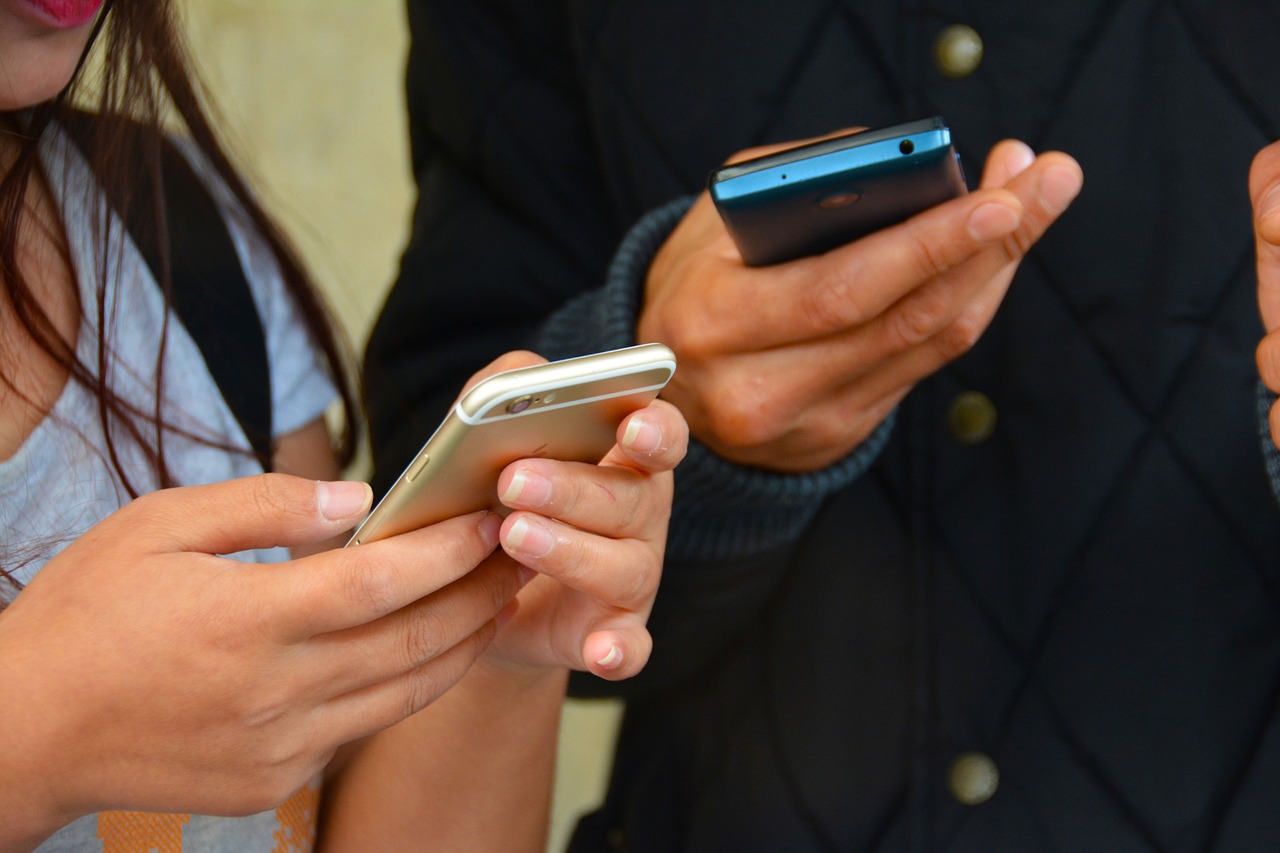 Did you know that on average, people spend four hours a day interacting with their smartphones? This data comes from Moment, an app that helps users better understand their smartphone habits by tracking things like how much time individuals spend using particular apps or programs, or how many times they unlock their phone each day.
Did you know that on average, people spend four hours a day interacting with their smartphones? This data comes from Moment, an app that helps users better understand their smartphone habits by tracking things like how much time individuals spend using particular apps or programs, or how many times they unlock their phone each day.
If the rapidly growing popularity of Moment and other time-tracking apps is any indication, more and more smartphone users are clearly feeling that four hours of daily smartphone use is too much: after all, that’s half a working day or half a good night’s sleep! What Moment and similar apps are offering is a way to help users build a healthier relationship with their devices, one with clearer boundaries in which people feel more in control of when they’re using their phone and what they’re using it for.
However, while apps can certainly help individuals break away from dependence on their smartphone, there are plenty of other non-phone-based strategies people can use to improve their relationship with their device. Read on for a look at seven simple tips that can help you have a healthier relationship with your smartphone.
-
Establish “no phone zones.”
To keep a check on when and how often you’re using your phone, it can help to designate certain areas of your home as “no phone zones.” Most experts, for example, recommend that you avoid having the phone in your bedroom, as this brings digital clutter into a space that should be about resting and relaxing (not to mention the fact that the blue light from a smartphone screen can interfere with your sleep patterns). The kitchen or dining table is another popular “no phone zone.” Banning devices while eating encourages family members to focus on each other rather than their screens.
-
Turn off notifications.
Notifications—those flashing lights telling you that you have a new text message, or those pinging sounds that let you know you have an e-mail waiting—are uniquely invasive features of smartphones that can actually increase the sensation of addiction. When you see or hear a notification, your heart rate can increase, as can your feelings of anxiety, as the anticipation of seeing the message builds. Kick this habit by turning off your notifications. This will help establish that you, and not your phone, are in control of when you check it.

-
Make a usage schedule.
Along with turning off notifications, making a schedule for when you use your smartphone can be a great way to take back control. If you choose specific times of the day to check your e-mail, for example, you’ll know that messages won’t have to wait too long before you see them, and you’ll be better able to avoid the temptation to check your phone every few minutes just in case a new message has come in.
-
Delete social media apps.
Most smartphone users have probably had this experience: you pick up your phone to briefly check what’s new on social media, and look up from your screen 20 minutes later wondering where the time went. The possibilities for endless scrolling that most social media apps promise can be an incredible drain on your time and energy, so remove the temptation altogether by deleting social media apps from your device. If you must check in, use the less-streamlined browser versions.
-
Create speed bumps.
Using the browser versions of social media platforms is one type of “speed bump” you can create for yourself—the idea is that if you put even a small obstacle in the way, you’re less likely to use your device automatically without even thinking about it—but there are several others you can experiment with. For example, try keeping your smartphone in a case that closes or latches; it might seem like a small thing, but the simple action of having to undo a button each time you want to use your device can be enough of a hassle to make you think twice about what you’re doing.

-
Practice trial separations.
You won’t feel tempted to check your smartphone if you don’t have your smartphone with you! While it’s obviously not practical to, say, leave your smartphone at home when you go to work, there are many other situations in which it would be perfectly fine to leave your device behind. Do you really need your phone with you when you go out to walk the dog? Or when you have to pick something up from the store down the street? We’re so used to taking our phones everywhere we go that we don’t often stop to think about whether we really need them or not.
-
Reframe how you think about your phone.
Set yourself up for success by reframing the way you think about the time you spend on your phone. Most people tend to equate spending less time on their devices with denying themselves pleasure or satisfaction. But instead, try reframing the situation: it’s not that you’re spending less time on your device, it’s that you’re spending more time doing other pleasurable things, like being with your family or pursuing a hobby you enjoy. Making this simple psychological shift can be a big help in encouraging you to put down your phone more often.

